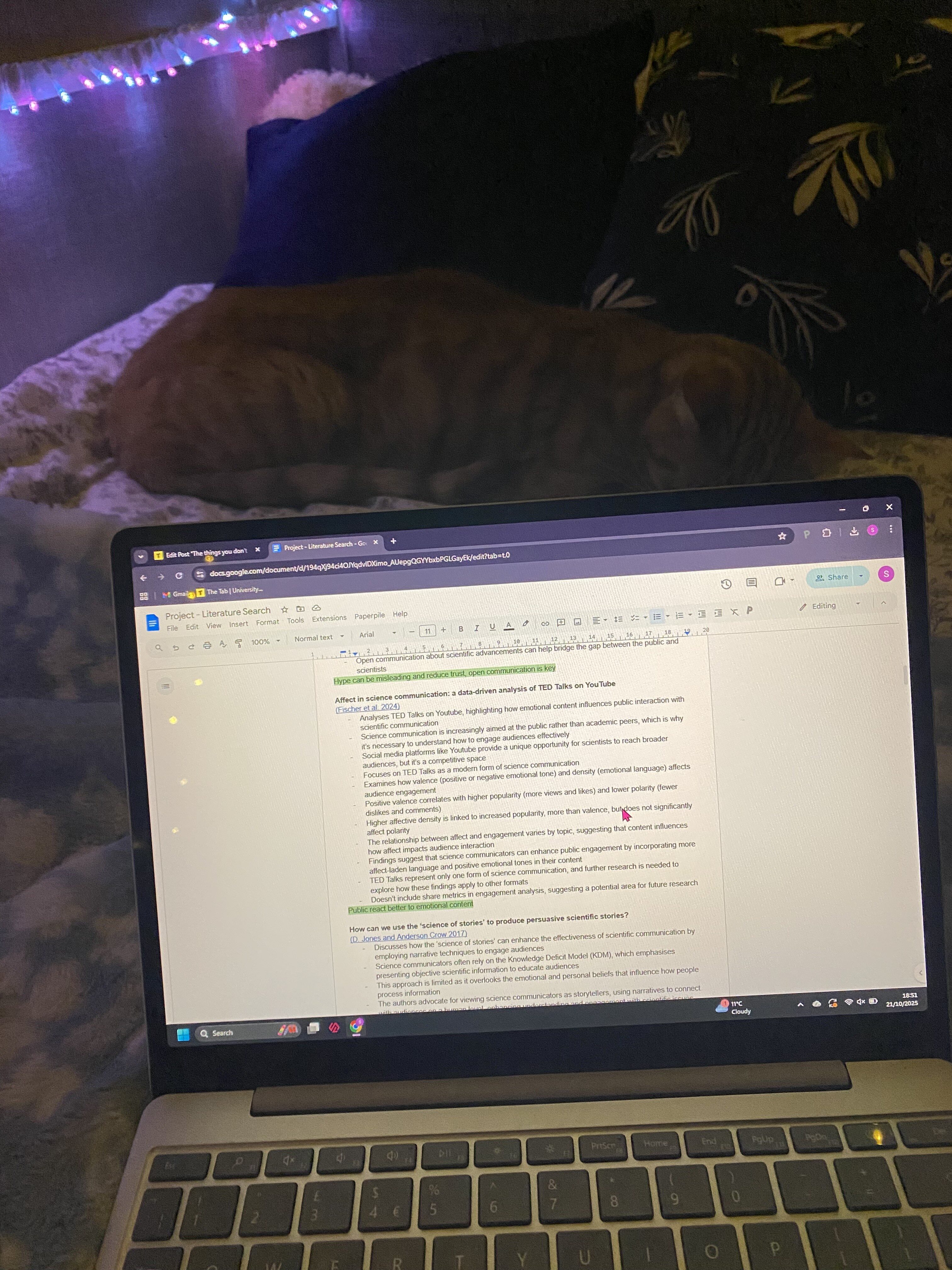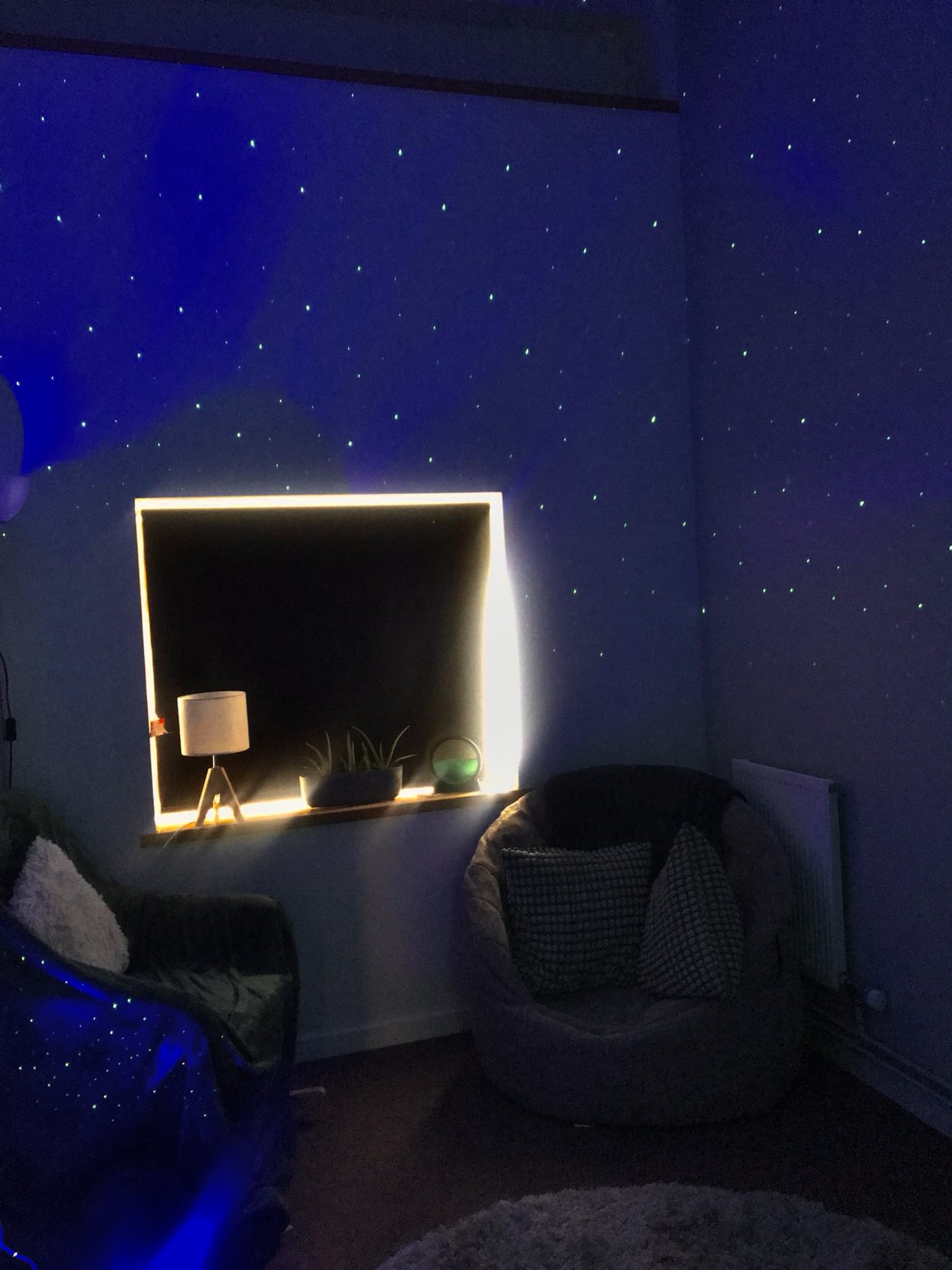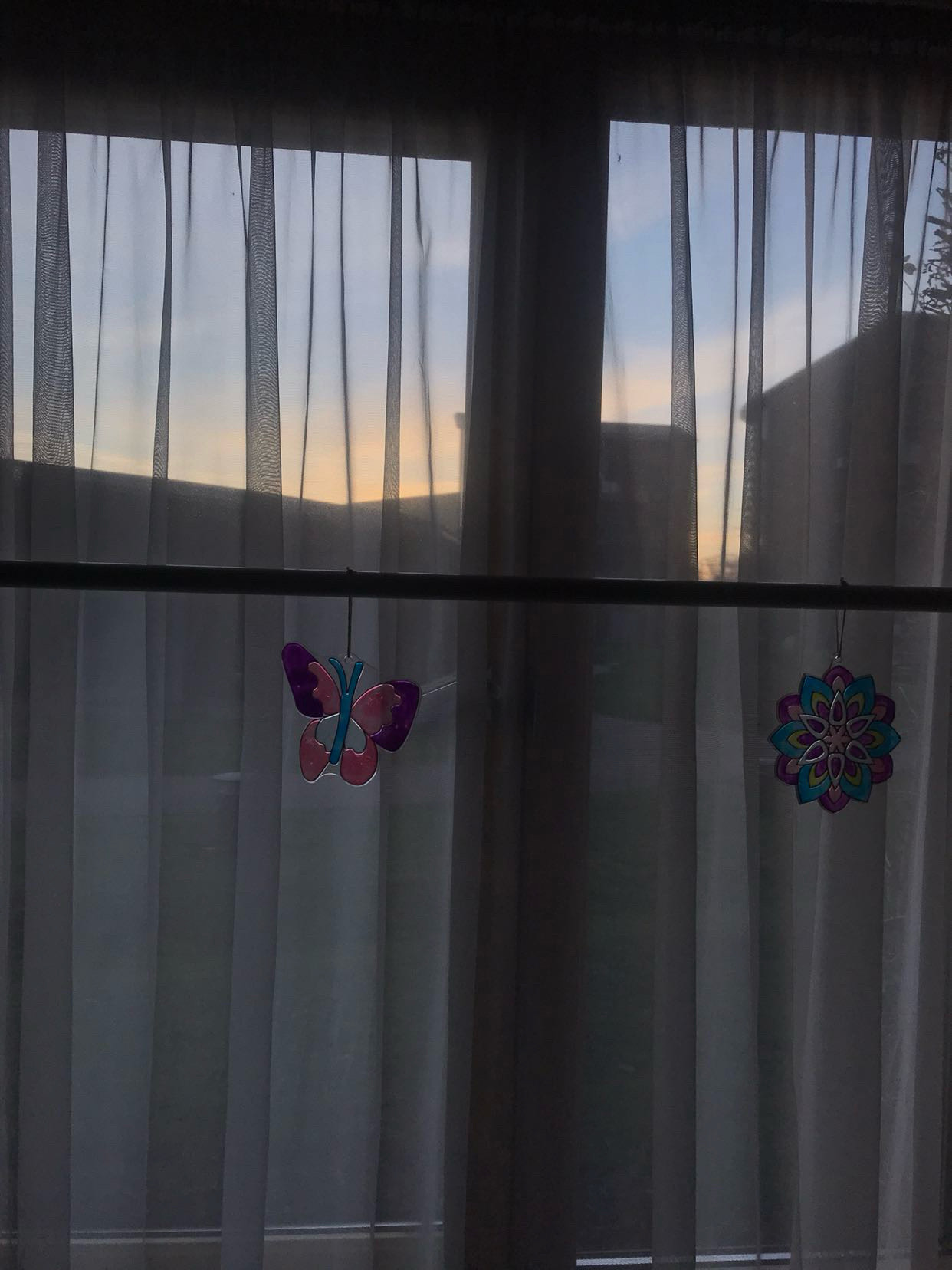It’s Invisible Disabilities Week, and it’s a good reminder that not every condition can be spotted at a glance. You can’t always tell who’s battling pain or tiredness just by looking at them – especially when they’re also juggling deadlines, lectures and a social life. University can be hard enough when you’re healthy, but when your body or brain has other ideas it can feel like you’re constantly two steps behind everyone else.
By the time I’ve made it to my lecture, I’ve already used half my energy for the day

For students with invisible conditions, even ‘normal’ things can take twice the effort. Chronic pain, fatigue, sensory processing disorders, neurodiversity – they’re all invisible, but they can make the simplest tasks feel like climbing a mountain.
Someone might look perfectly fine when they turn up to a lecture, but what you don’t see is the hours of rest, pain management and mental preparation that went into getting there. That invisible effort is the part people rarely notice. Showing up doesn’t mean it’s easy, it means someone’s pushing through just to do what most people take for granted.
Then there’s the academic side of things, long lab sessions, hours in front of a screen, or back to back seminars that leave no time to recover. Deadlines don’t wait for flare ups or burnout, and extensions can feel like jumping through hoops.
I love my friends, but my chronic pain doesn’t
Uni culture is loud, late and chaotic – three of the worst words if your body or brain has a short fuse. Nights out, crowded events and a never ending schedule can be overwhelming for anyone, but especially for students managing conditions that drain energy or heighten sensory sensitivity.
It’s not about being antisocial. Sometimes the noise, lights and exhaustion make showing up impossible. Socialising can become a balancing act – do I go out and risk a flare up, or stay in and feel left out? Either way there’s guilt attached.
But I look fine
One of the hardest parts of having an invisible disability is how easy it is to be misunderstood. People often assume someone can’t be disabled because they ‘look fine’. But disabilities don’t come with uniforms, and most people become experts at masking their symptoms just to fit in.
Behind the smiles, there’s pain, exhaustion or sensory overload that most people never see. Masking helps avoid awkward questions, but also makes invisible disabilities even easier to overlook.
The small things that actually help

Making life easier for people with invisible disabilities doesn’t require huge changes, just small bits of understanding. Believe people when they say they’re struggling, even if they don’t look like they are. Offer to meet with flexible times, in quieter spaces, or just check in and ask how they’re doing.
Accessibility isn’t just about physical access, it’s also about creating calmer, sensory friendly spaces and giving people the chance to rest or take things at their own pace without judgement. Sometimes the most meaningful support is just letting someone exist comfortably without having to explain why.
You don’t have to see it to believe it

Being neurodivergent and living with fibromyalgia has shown me that uni life isn’t designed for every kind of brain or body, but it could be, if people understood a little more.
Invisible disabilities come in many forms, and everyone’s experience is different. What they have in common is the quiet effort it takes to get through days that most people never have to think twice about.
So look closer, you might not see what someone’s dealing with, but you can still make their world a better place by believing them, listening, and showing them patience.
